Lactic Acid And Vitamin C Together
Lactic Acid And Vitamin C Together
Now that more than half the country has state-mandated requirements to wear a protective face mask while out in public, perhaps you've seen some negative changes in your skin. If you're dreaming of brighter, more even-toned or decongested skin, then Alpha Hydroxy Acids (AHAs) can help if you know how to use them. We consulted board-certified dermatologists to break down everything you need to know about AHAs for the skin, including the benefits, side effects, frequency of use, and essential products. Think of this as your ultimate guide to glowing skin in 2020.
IN THIS ARTICLE What is AHA for skin? | Which AHA is the best | Best AHA products
What is AHA for skin?
Alpha-Hydroxy Acids are water-soluble acids derived from fruits and plants. They're considered a chemical exfoliant, which means that they use chemicals — aka acids or enzymes — to buff away dead skin cells. Jessie Cheung, MD, a board-certified dermatologist in Chicago, says AHAs cause "controlled trauma to the skin," leading to quicker cell turnover. That process will result in less hyperpigmentation and more even-toned skin
Cheung says AHAs "offer almost instant gratification" and they're suitable for someone who wants to "refresh" their skin. However, as with most skincare ingredients and especially exfoliants, AHAs have their downsides, including possible sun sensitivity, peeling and itching. Overall, this means that you'll need to be extra diligent about slathering on sunscreen no matter the season or whether you're inside and working from home or heading off on a socially distanced run outdoors.
Which AHA is the best?
While all AHAs can help your complexion appear more smooth and even-toned, not all AHAs will work for everyone. According to medical experts we consulted, there are a few common types of Alpha-Hydroxy Acids — figuring out which acid works best for your skin type can help you to reach your skincare goals.
- First up is glycolic acid, which Cheung says penetrates the skin with ease and delivers "glowing" results to your skin. Glycolic acid is colorless, derived from sugar cane and the smallest AHA.
- Then there's lactic acid, another popular type of AHA, which does "an amazing job of improving overall texture and tone," says Rita Linker, MD, a board-certified dermatologist in New York. Lactic acid can help reduce the appearance of large pores, age spots and hyperpigmentation. Linker notes that both glycolic and lactic acids should be used under the guidance of a board-certified dermatologist because they can cause sun sensitivity.
- Last up is mandelic acid, which Cheung says is less irritating than glycolic acid. However, because both mandelic and lactic acids are less active than glycolic acids, they are best suited for hyperpigmentation or sensitive skin rather than oily skin.
Before you incorporate AHA products into your beauty routine, consider your current lineup of products, paying close attention to the ingredient list to avoid irritation since AHAs might not play nice with them.
Cheung recommends you layer AHAs with Vitamin C because they both work around a similar PH level.
She suggests that you avoid combining AHAs and retinol because they are both exfoliants that can irritate your skin.
Linker, on the other hand, says she's never personally seen any product not pair well with AHAs, including retinol. Instead, she says AHAs play nicely with Beta Hydroxy Acids (BHAs), "especially if you are acne-prone as BHA's do a stronger job at controlling oiliness."
Linker is a fan of glycolic acid and says it helps shrink the appearance of pores, is "pregnancy-safe" and can help treat melasma. Cheung admits it's hard for her to choose a favorite type of AHA. However, she prefers lactic acid since it's "more versatile, better tolerated and more hydrating than glycolic acid."
Rachel Maiman, MD, a dermatologist at Marmur Medical in New York says all of her favorite AHA products contain glycolic acid because the ingredient "yields the most dramatic results." She says that because it's the smallest of all the acids, it can "more easily get into the skin."
Now that you have a better understanding of AHAs, here are 11 must-have AHA-centric products recommended by the pros.
Best AHA products to shop in 2020
1. ISDIN Night Peel
Cheung calls this AHA serum one of her favorites and notes that it is "very popular" at her practice to prevent and treat maskne, aka breakouts caused by wearing a face mask. "Glycolic, tartaric and malic acids stimulate gentle exfoliation, add hydration and deliver a glow without any irritation," she says of these individual glass ampoules.
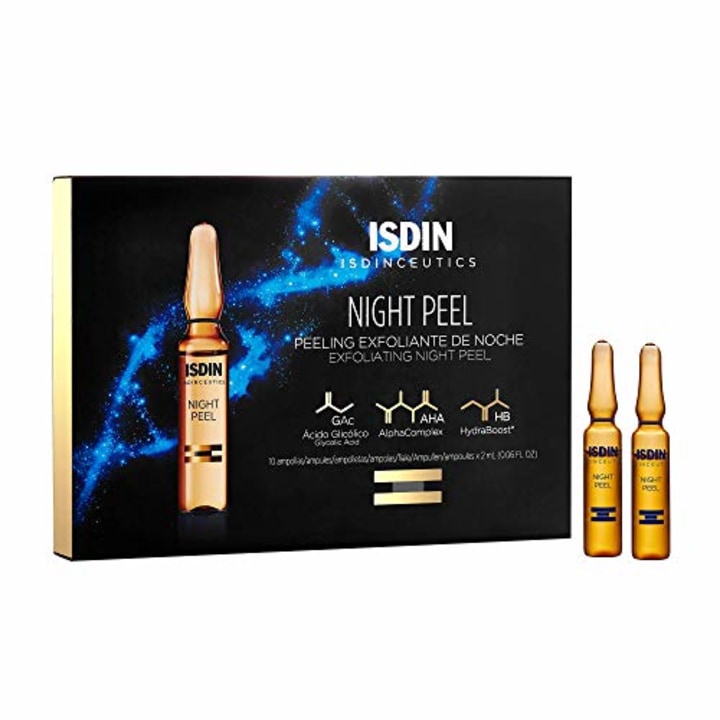
2. Neostrata Foaming Glycolic Wash
Linker calls this a "thorough" cleanser because it's comprised of 18 percent glycolic acid to decongest pores, while grapefruit extract has antioxidant powers to help brighten your complexion. Since the percentage of glycolic acid is high, the fragrance-, sulfate- and phthalate-free foam cleanser works best with oily skin. It also includes two percent lactobionic acid, a patented antioxidant derived from sugar to help improve skin texture, tone and signs of aging.

3. HerlaBeauty Kakadu Plum Brightening and Revitalizing Exfoliating Scrub
Hadley King, MD, a board-certified dermatologist in New York, is a fan of this "very gentle" exfoliator. She says it's a combination of a physical exfoliant (tiny cellulose particles) and chemical exfoliant (caviar lime). King calls this an "effective exfoliator that is a source of natural Alpha-Hydroxy Acids that help remove dead skin cells and evens skin pigmentation."
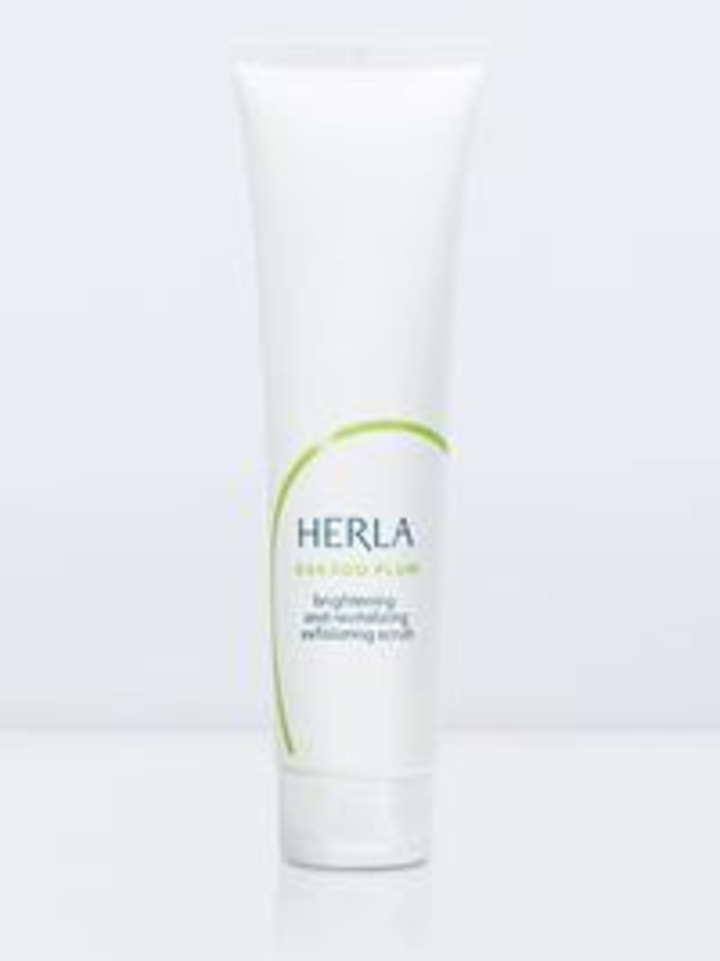
4. InnBeauty Project Down to Tone Resurfacing Toner
King recommends this alcohol-free toner that is a blend of six acids — phytic, malic, gluconolactone, lactic, salicylic and citric acids — which together exfoliates, clarifies and brightens the skin. There's also niacinamide or Vitamin B3 to "improve tone and texture and support the skin barrier to keep moisture locked-in," she says. Joshua Zeichner, MD, director of cosmetic and clinical research at Mount Sinai Hospital, also recommends this "non-irritating" toner.
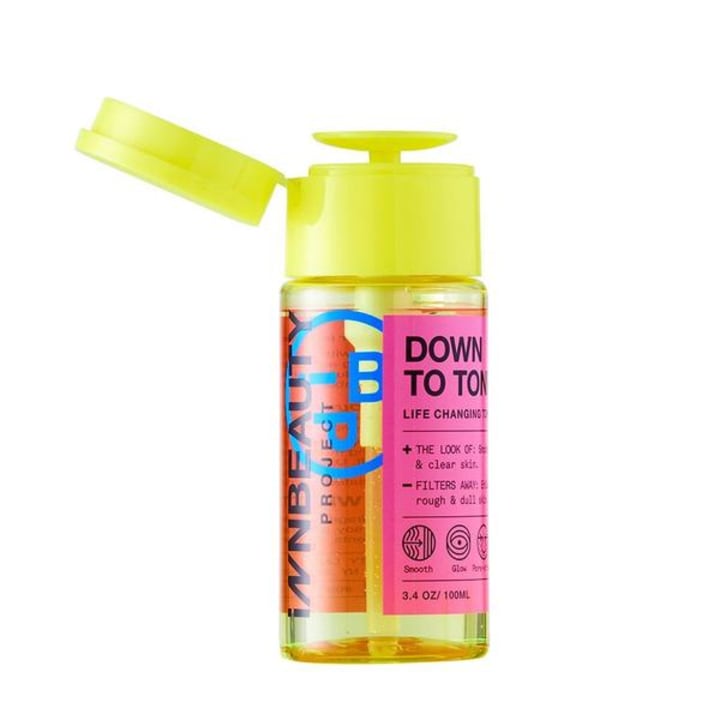
5. AcneFree Witch Hazel Mattifying Toner
King is also a fan of this budget-friendly toner with anti-inflammatory properties, including chamomile and witch hazel, which also helps to shrink the pores' appearance. She says this toner is best for oily skin because the combination of glycolic and lactic acids exfoliates and removes excess oil.

6. Neutrogena Pore Refining Exfoliating Cleanser
Zeichner recommends this face scrub that is non-comedogenic, meaning it doesn't clog pores. Instead, glycolic and salicylic acids help remove oil and dead cells that build up around the pores to minimize their appearance. The soap-free exfoliator is gentle enough for you to use daily, although you may want to consider introducing it into your skin care routine a few times a week to start to be sure that your skin can tolerate the scrub.

7. Aveeno Positively Radiant MaxGlow Peel Off Mask
Zeichner also suggests this drugstore find which "combines citric and glycolic acid with a soy and kiwi complex to exfoliate and brighten the skin." Apply an even layer of this hypoallergenic, non-comedogenic and paraben- and phthalate-free green face mask, allow it to sit on your face between 15 to 20 minutes, then peel it off gently.
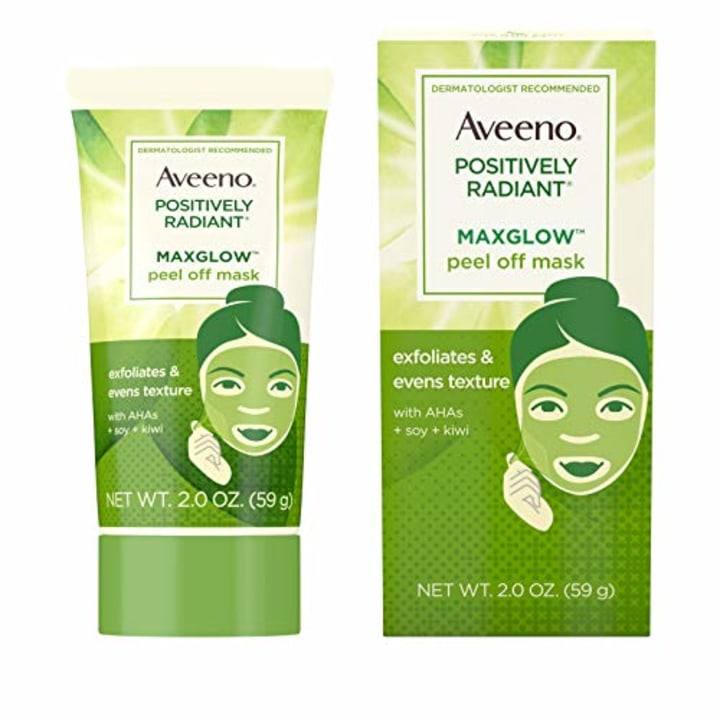
8. Phytomer Emergence Even Skin Tone Serum
Since 2018, I've been applying this light-weight, clear gel to my face to keep my oily skin in check. A combination of lactic and glycolic acids increases cell turnover, which reduces blackheads, pore size and dark spots. While $90 is a splurge, I notice that when I stop using this serum regularly to test out other face products, my complexion is duller and not as even-toned.
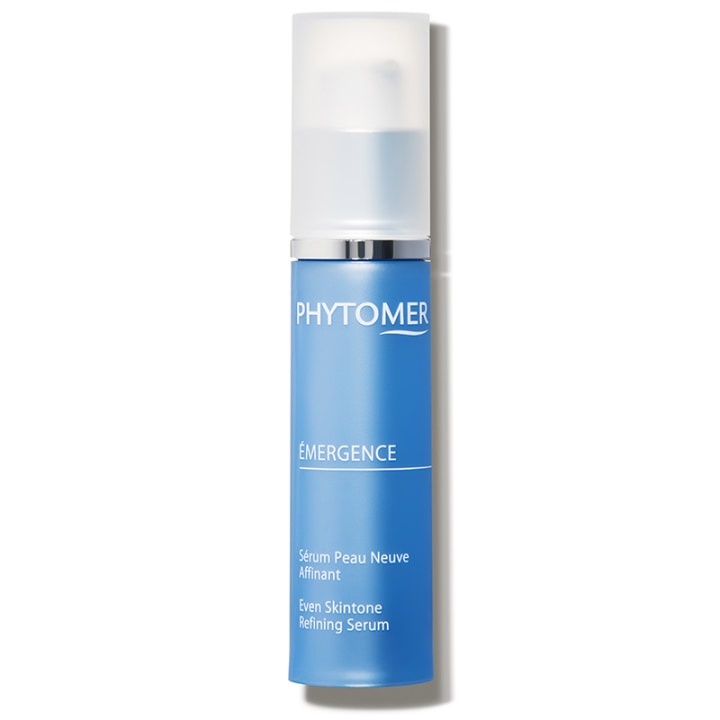
9. Exuviance Performance Peel AP25
Maiman says that Exuviance "makes a powerhouse of an at-home peel" because it has a 25% blend of multiple AHAs, including glycolic and mandelic acid, plus gluconolactone. She continues that gluconolactone is an exfoliant that results in a smoother and brighter complexion. However, unlike AHAs, it is a humectant, which means it helps skin hold onto water. "As a result, it is a great supporting player to the more active AHAs contained in the product, as it improves tolerance and reduces the likelihood of irritation," says Maiman. She also recommends that her patients, including those with sensitive skin, use this peel twice a week.

10. SkinMedica AHA/BHA cream
Maiman also recommends this face cream for oily and acne-prone skin, which can be used up to twice daily. It contains four AHAs -- lactic, glycolic, citric and malic acids -- and salicylic acid, a popular acne-fighting ingredient classified as a BHA. "While the use of both AHAs and BHAs has the potential to be more irritating, this product has other active ingredients that reduce this risk," she says. There's tocopheryl acetate, "a stabilized form of vitamin E," and pro-vitamin B5, both of which are humectants and emollients, "which makes them great at combating the dryness and irritation that can be caused by the use of hydroxy-acids."
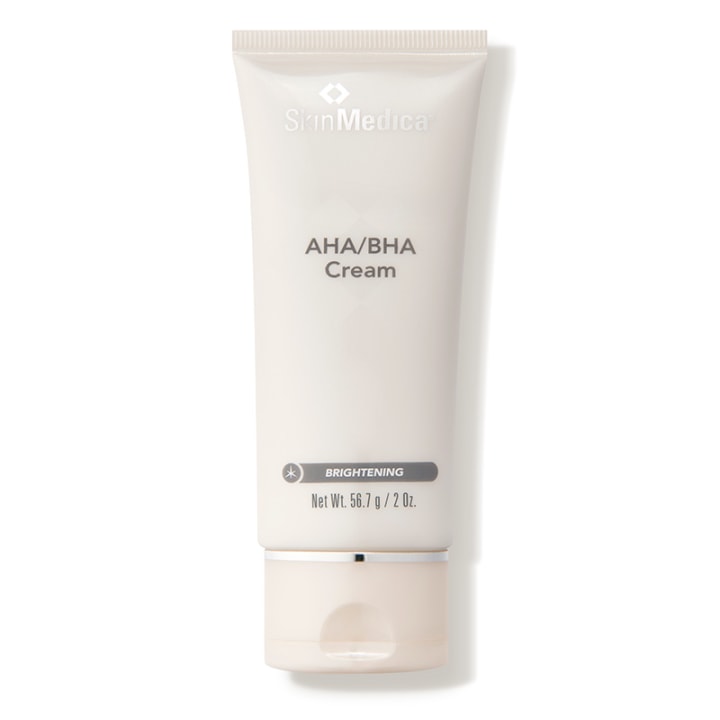
11. Skinbetter Science AlphaRet Overnight Cream
Maiman calls this night cream "pretty revolutionary" because it contains lactic acid and topical retinoid, two "potent" anti-aging ingredients. She says the formula of the cream is "chemically stable" and non-irritating. Maiman continues that when you apply the cream, your skin's water content will trigger a slow release of each active ingredient, making it less irritating to the skin, "though it is no less effective." Lactic acid is also a humectant that plays well with the other ingredients found in this cream — squalane, niacinamide, ceramides and fatty acids. "The skin remains optimally hydrated and, therefore, the potential for irritation is mitigated substantially," she says.

More shopping guides and recommendations
- How to buy face masks
- Why the Amazon Kindle is a bibliophile's digital must-have
- Best flat irons of 2020
- Why the Dyson Supersonic is the best hair dryer
Catch up on the latest from NBC News Shopping guides and recommendations and download the NBC News app for full coverage of the coronavirus outbreak.
Lactic Acid And Vitamin C Together
Source: https://www.nbcnews.com/select/shopping/alpha-hydroxy-acids-ahas-ncna1234611

Leave a Comment